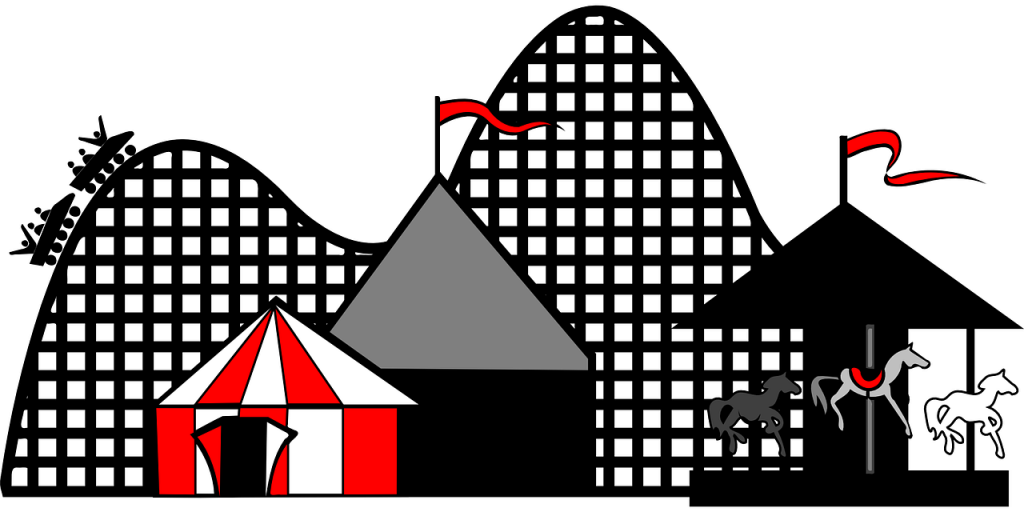
This piece isn’t about heavy objects that hold books upright. It’s about the mysterious matter of how to end a mystery novel while at the same time delivering the rollercoaster thrill ride readers have every right to expect.
I’m sure we’ve all been annoyed by clunky, cluttered endings to an otherwise captivating mystery. There are plenty of examples where, with adrenaline pumping and with the protagonist’s life hanging in the balance, the author launches into a complex discussion of clues and motives and the clever methods the protagonist used to solve the crime. This approach might work in a classic British mystery where the chief inspector gathers the subjects in the drawing room to lay out the facts of the case, but that’s the only place where it works. A satisfying ending demands that the pace of the final unveiling match the pace of the action leading up to it. In other words, if a desperate killer intends to finish off the sleuth, this is not the time for great wordy speeches on the part of killer or sleuth. True, a killer might want to brag about the brilliance of the crime, but in order to satisfy the reader, those details should spill out in short phrases that don’t detract from the story’s ultimate goal which does not include a dissertation on the hows and whys of the crime.

To create the right heart-pounding effect, it’s important to aim for clarity and maximum impact. If the big reveal is taking too long, look back at your story. Are your clues structured so that the reader will recall them when the puzzle’s solved? Is your killer believable—in other words, have you planted hints along the way that allow us to believe he or she is the bad guy once the truth is revealed? Do the pieces fall into place quickly in the last few pages? If not, the ending requires work to keep it from being tedious, muddled and confusing.
It is important to remember that the details you unveil in these critically important final moments must be subservient to the action. Proceed with a sculptor’s eye that allows you to smooth out the rough edges that create friction and slow the forward momentum. Each revelation must speed toward the goal like a rollercoaster on its final dizzying descent. The rider expects the ride to be exhilarating as it hastens to its conclusion.
Once the puzzle is solved, it’s time for a brief return to normalcy. Think of this as the breath that restores equilibrium as you stagger off the roller coaster and step onto solid ground. This is the time for plugging your characters—some of them changed forever—back into their daily lives. Once that’s done, tie things up with a graceful closing sentence or two and move on to your next project. The roller coaster is boarding—don’t miss the ride.
